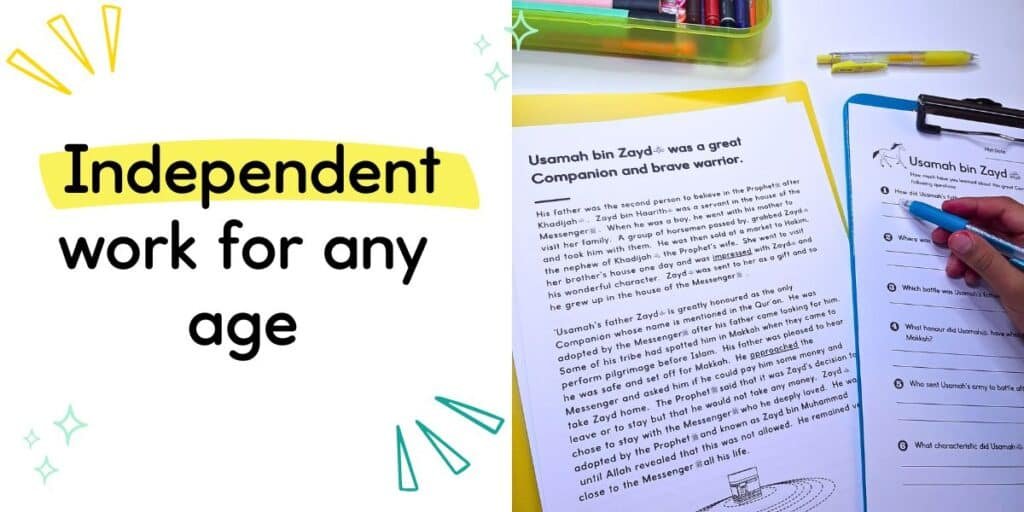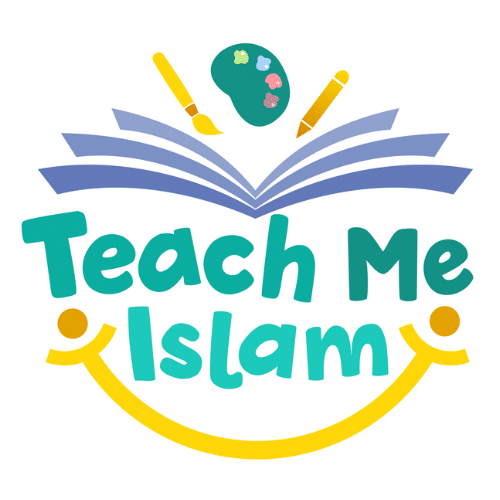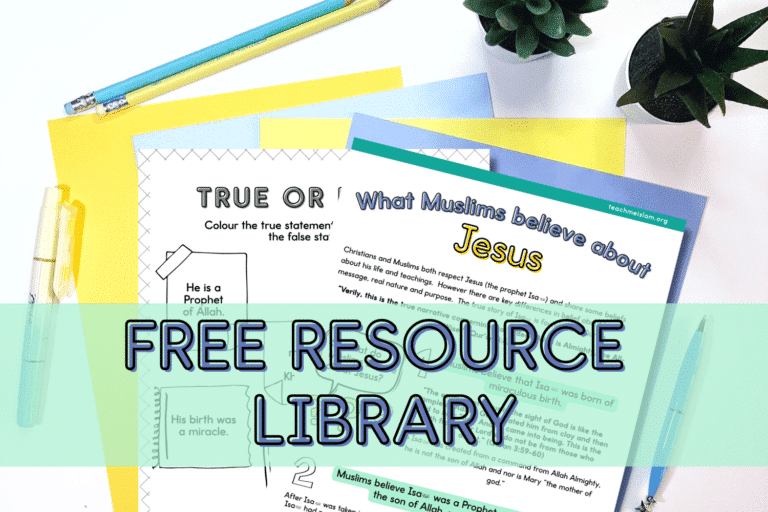Independent work is a cornerstone of any homeschool. You can read all about the importance of independent work here. However, it’s not always clear what independent work is suitable for which age group. We can’t send 4-year-olds off to complete worksheets alone and anyway, endless worksheets are boring at any age. So what are some kinds of independent work you can incorporate into your homeschool that actually engages kids? It’s so important that work is beneficial and not just ‘busy’ work. Kids see through that straight away and it’s honestly a waste of time for everyone. Read on for some ideas to kickstart or revitalise independent learning in your home.
6-8 – comprehensions, copywork, worksheets, crafts, review questions, online quizzes, lap book, memorise (spelling), maths practice, writing prompts
8-10- basic research, make a presentation, record and plan a 5 min talk, copywork, writing prompts, summaries, maths practice, comprehensions, independent study units
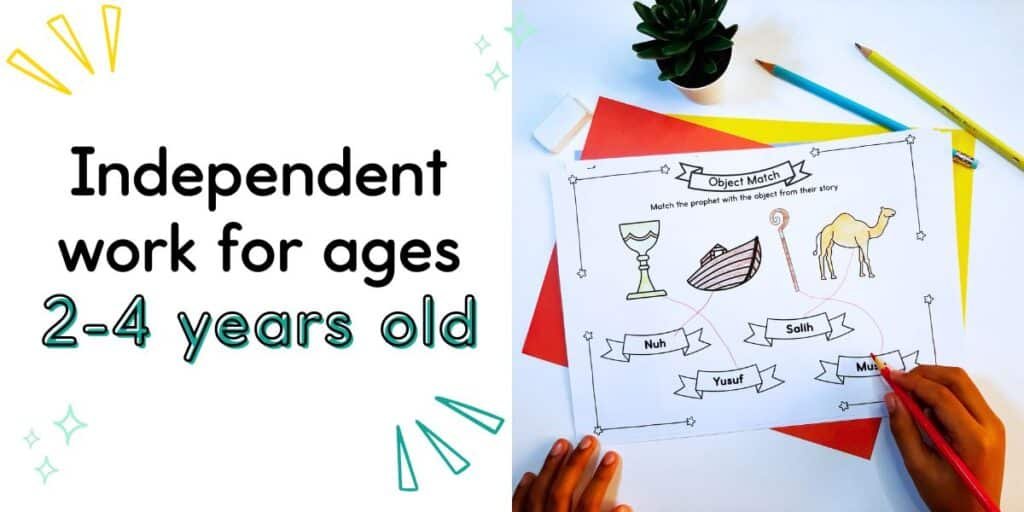
Independent work for ages 2-4
At this young age, independent work might feel like a pipe dream. They play for 5 minutes and then proceed to move on to something else (or someone else!)
It can help to consider play schema. It’s best to read all about that here. If you keep an eye out for what activities your children are currently interested in, then you set up similar activities that keep them occupied for much longer.
This can take a little time and effort upfront and that is sometimes in short supply so here are some tried and tested ideas for activities:
Play doh – Make letters, numbers, shapes….anything really!
Colouring – Mix it up with different materials, crayons, thick pencils, thin pencils, pens (washable!)
Tracing – tracing lines is great for pencil control and easier than dot-to-dot pages. You can place pages in sheet protectors to reuse them again and again.
Matching – match socks, shapes, letters, textures
Building materials – blocks, bricks, lego, train tracks. All of these can be used for unit studies or even for making letters or shapes.
Basic Puzzles – It helps if you do the puzzle a few times first and then let your child crack on.
You can grab a free Ramadan activity pack that’s great for this age group here.
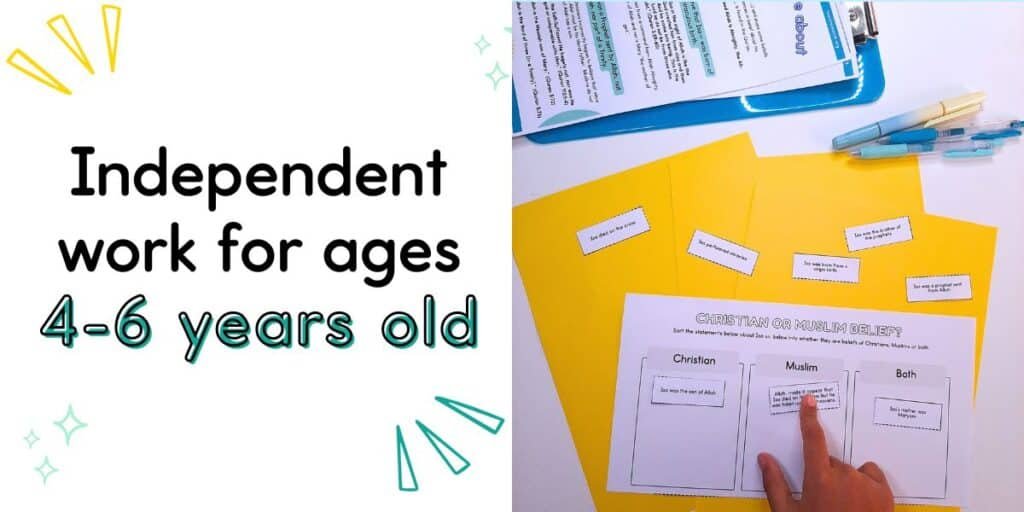
Independent work for ages 4-6
This age group can do more independent work. It helps if you use a series of activities that follow the same format. That way you can explain and model the first activity and they can complete the rest independently. The main challenge is that this age group is not normally able to write answers confidently, longer than a few words.
Copywork – This mainstay of homeschooling is perfect for this age while they are building up their writing stamina and improving their letter formation. You can find the popular Prophets Copywork here or the Animals in the Quran set here.
Cutting and sticking – This is great for building hand strength and dexterity.
Tracing – This is great for children working on letter formation
Multiple choice – Multiple choice helps remove the issue of writing as children can normally read better than they can write and spell.
Simple worksheets – Simple worksheets with a similar format work wonderfully for this age. The first and most popular resource here is a set of very simple but engaging Prophets worksheets. Click here to see what all the fuss is about!
Stamping – This is normally a hit amongst this age group. I tend to use letter stamps to bring some excitement to repetitive sight word practice but really they can be used for a whole range of activities.
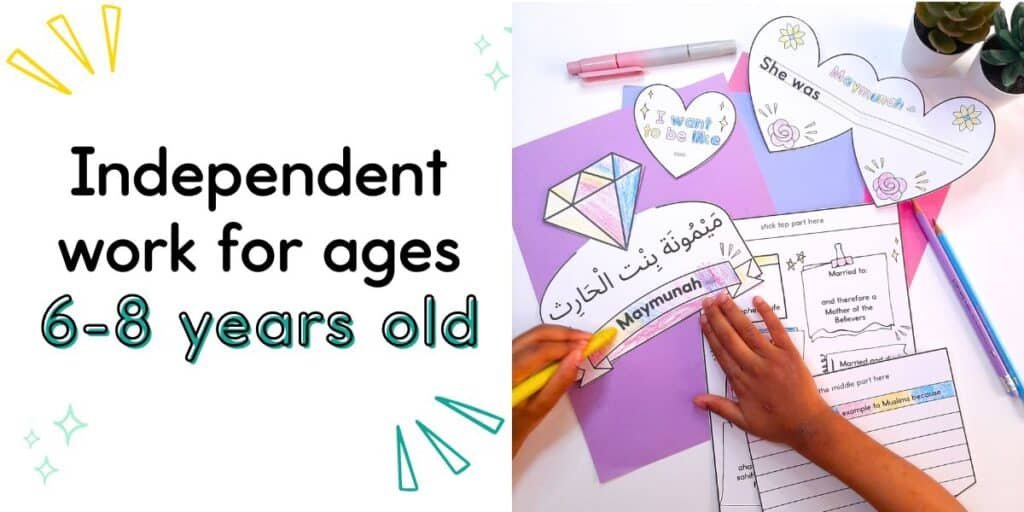
Independent work for ages 6-8
This age is brilliant because children are really finding their feet with independent work. There is so much for them to explore. It’s really enjoyable to deliver the ‘teaching/input’ part of a lesson and then give independent work for them to explore the topic further. Furthermore, there are a lot of lessons they can complete themselves especially if resources have been carefully designed for their level. Just be careful to check that it’s suitable content-wise as surprising references can show up in general curriculum not designed with Muslim kids in mind.
Independent study unit – This is great for slightly more confident readers. They usually contain all the information and activities for a particular topic. The Mothers of the Believers series contains texts, worksheets, crafts and review activities all centred around the same topic. You can learn more about what that looks like here.
Reading Comprehension – These are perfect for independent work as they help develop reading skills and individual responses to texts. This set of comprehensions about the Miracles of the Prophet (may Allah raise his rank and grant him peace) is simple and great for younger kids. You can download a free one here.
Crafts – Hands-on crafts related to topics kids are learning about are a great way to get kids excited and approach the topic from a different angle.
Review questions – Once the teaching of a topic has finished, kids can complete review work easily by themselves. I try to include review packs for series to consolidate what kids have learnt and to help themmake connections. You can check out the 10 Promised Paradise and Mothers of the Believers packs to learn more.
Online quizzes – I learnt more about the countries of the world this summer than I had my entire geography education. That was due to competing with my niece on a quiz app! We loved sporcle but there are loads out there that are fun and educational.
Lapbooks – I love lapbooks. They are perfect for visual and tactile learners. You can definitely make your own, if you search online there are lots of templates. Your child may like to start with one like in the Africa and Islam Unit and then create their own versions as they gain confidence.
Memorisation – Qur’an hifth, ahadith, daily athkaar, poetry, spelling….there is a long list of independent memorisation that kids can do.
Posters – Posters are such an easy and enjoyable form of independent work. It requires a lot of skills, analysing the information, evaluating what are the main points to include, arrangement, design and more!
Writing Prompts– You can read all about the benefits of writing prompts here. They provide consistent writing practice and prevent boring repetition. This set is so easy to print-and-go and you can download a free set of summer writing prompts here.
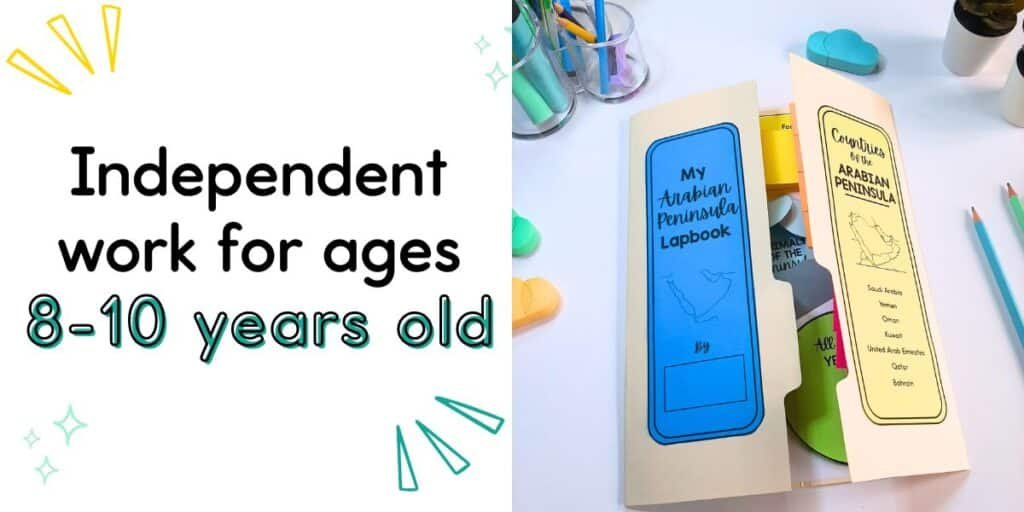
Independent work for ages 8-10
If the other two age categories were learning to walk and run, this age group positively flies when it comes to independent work. Here are just a few ideas for activities they can complete themselves.
Basic research – Books and carefully curated websites are great places for kids to begin developing their research skills. This animal poster project set includes links (and a printable QR code page) of kid-friendly relevant pages for them to research their animal.
Make a presentation – I love Canva for these. They have lots of templates that make it easy for kids to customise and remove the overwhelm of a blank page.
Record and plan a 5-minute talk – You can combine this with a presentation or just on its own. It’s a great way to build public speaking confidence and fluency. Until they listen to themselves, many kids don’t know how many times they say ‘like’, ‘um’ or other similar phrases.
Copywork – At this age, they can choose their own copywork, whether their favourite ayaat, a page from a beloved book or little-known facts.
Writing prompts – At this age, writing prompts can be more reflective and delve into different genres. For example, write a persuasive letter asking for an upgrade to first class.
Summaries – Summarising what they’ve learnt is a great way to see if kids have in fact learned everything that was aimed for! In every child sahaba set there is a summary page with a few points to include.
Maths practice – Maths requires a LOT of practice and this can definitely be done independently.
Comprehensions – Reading comprehension sets make great independent work. As kids get older, the difficulty and level of analysis required increases. It’s also a great way to introduce Islamic content into your English lessons. You can read about how to make your own in this blog post.
Independent study units – These really encourage independent learning. Themed units on a topic they are genuinely interested in work brilliantly. The Arabian Peninsula Unit was a huge hit in my house,
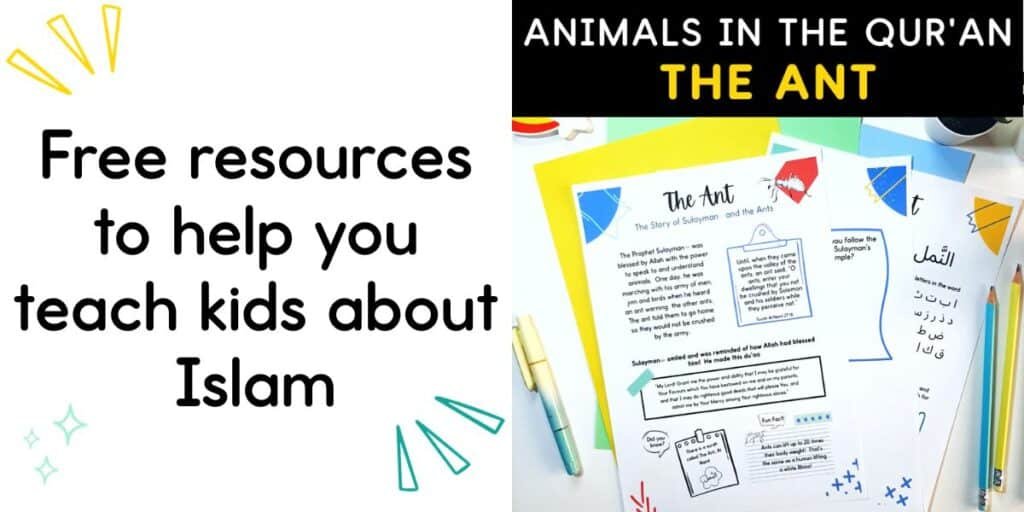
Free resources to help you teach kids about Islam
I hope you have found these suggestions for types of independent work helpful. If you would like to get a FREE resource to help connect Muslim kids to the Qur’an then join the mailing list here to download a fun activity pack about one of the Animals in the Qur’an, the ant, and gain access to the free resource library.
Here are some other blog posts you may be interested in:
Fun ways for kids to show what they have learned about Islam
How to create Islamic comprehension passages: a step-by-step guide

